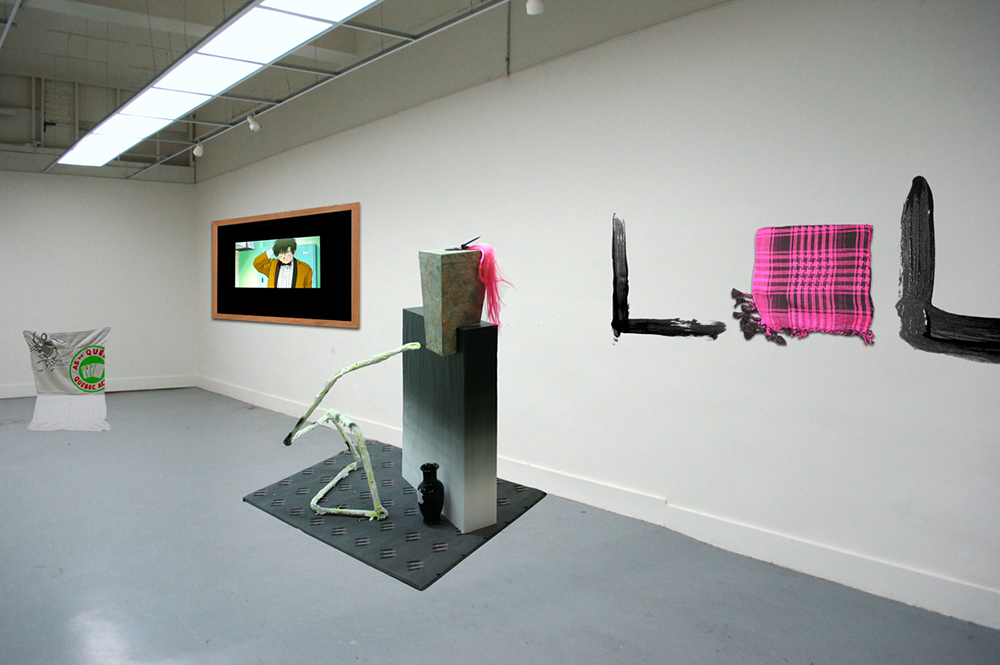Elisavet Christou. “It’s Just the Internet! Appropriation in Postinternet Art” in Artech2017
This article seems to separate internet art from traditional art distinctively as if they are completely unrelated. Although I do understand that the internet is a host for artists to perform in ways that cannot be achieved in person, I still believe there are many parallels between the two. The intersection between digital art and traditional art are fascinating and worth noting when studying internet art cultures. Personally, I think the most interesting level of intersection is when the base of the digital art is a picture taken in the real world. We practiced this when we glitched images two weeks ago. By taking pictures that are derived straight from life AFK (at least the pictures I chose), we turned them into digital art by glitching them. Although these pieces of glitch art were considered internet art, the inspiration and foundation were rooted from tangible life.
When I think of the word “ appropriation ”, negative connotation comes to mind. Particularly, cultural appropriation is often highlighted in the media when people essentially adopt elements of a culture that is not their own without permission. When considering this term in regard to digital contexts, I find it much less negative for some reason. To expand on this further, I see the internet as a place to collaborate, remix, remodel, and explore. Although copy right laws are in place and ownership is still a huge issue online, working together to build off of each other’s works seems to be more commonplace in digital cultures.
Post-Internet Art’s Lessons for the Pandemic and What Comes After
Prior to reading this article, I had never fully considered the impact COVID had in the art world. Although online digital art has already gained traction , this pandemic really gave this movement wings. There is a level of prestige artists try to achieve when showcasing their work, and it is interesting to see how that was mimicked in online cultures. Although it is often not as fulfilling for the artist themselves, so many new and different audiences can view artwork in online exhibitions. People who have been unable to make their way to in person shows (perhaps because if disabilities, geography, etc.) are now able to experience the benefits equally. Personally, I was in an EDP class last spring when the pandemic hit really hard. One of the requirements for the class was to go in person to the Denver Art Museum and study a piece for extra credit. Instead of cancelling this assignment, we were asked to explore the museum online . I actually ended up learning so much more about not only the art I chose to analyze, but about the artist herself. I had Google right next to me and I was able to access information with so much ease. I also was able to explore almost all of the exhibitions online instead of just focusing all my attention on one piece. Even though seeing art in person is an amazing experience, the transition of displaying art online gives this industry a positive push.

Back to Exploratory Writing landing page here
Back to the index